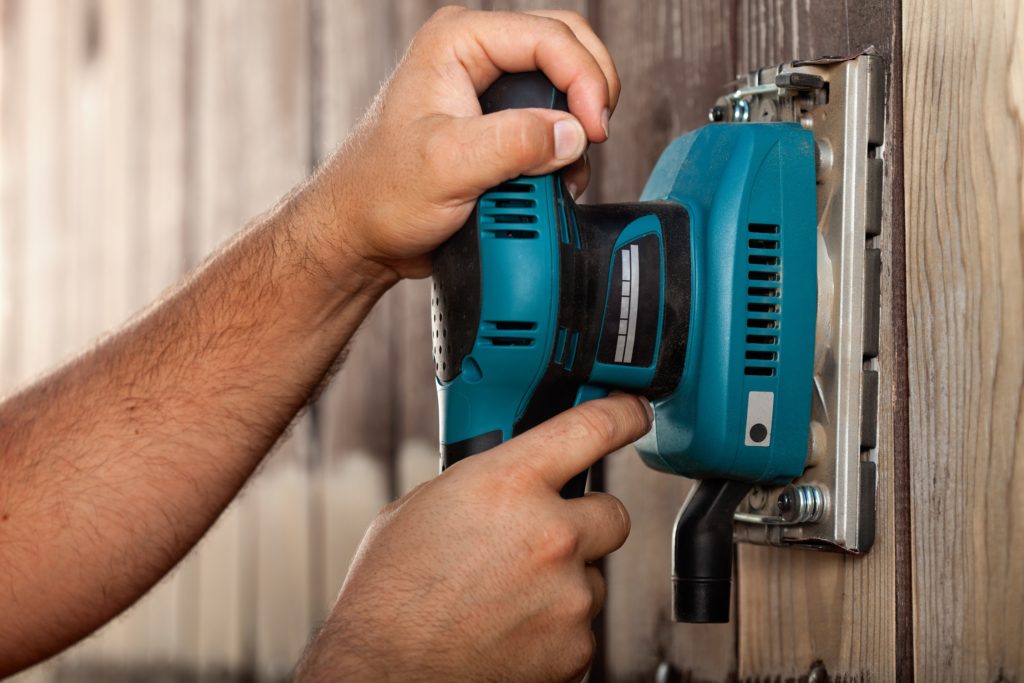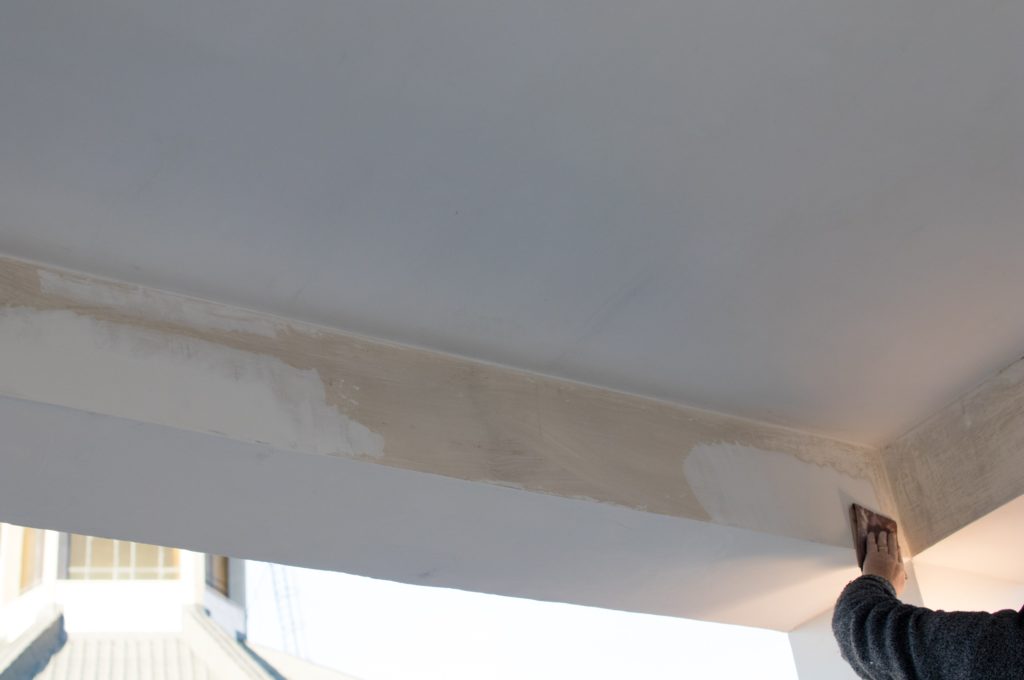Do I Need To Sand Walls Before Painting Exterior?
Asking yourself, do I need to sand walls before painting exterior? Using an abrasive material, several sanding products available today depending upon your exterior wall surfaces. Reasons to sand include making surfaces smooth, also allowing primers to bond adequately.
This is a proverbial question regarding scuff sanding, for paint bonding, stick, properly adhering to original surfaces.
With regards to many different exterior wall surfaces, also exterior paint products, today several surfaces do not need sanding first, before paint with superior paint choices.
In this article, laying out all those wall surfaces which do need sanding first, and those that do not need sanding before applying finish exterior coatings.
Sanding Walls Before Painting Exterior
Exterior Areas Requiring Sanding
- Fillers, putty, patching compounds
- Bubbles, blisters, chips, peels
- All loose paint coming up, or will come up in 6 months
- Windows, frames, sills, & window sashes
- Baseboards, trim, outside cornices, handrails
- Basically anywhere hands or feet touch
Main reason for sanding first, before painting is obtaining a smooth paint finish, once it has dried. Which by the way is main thought of this article. If surface is rough, and you want a smoother finish, you had better sand first.
Areas which do require sanding outside is any surface receiving wood fillers, putty, Spackle, or patching compounds. These fillers do not dry near as smooth as new paint, so these much be sanded first.
Easy to tell if fillers are not sanded before painting, as they appear feeling rough, just like sanding paper which should've been used prior.
Other areas which require sanding is where any previous paint has failed, by bubbling, blistering, chipping, or peeling. These areas need to be sanded to a feather edge, sanding paint edges where paint is left. Sanding edges to a feather edge allows new paint to cover, drying to a smooth, even surface.
Wall Surfaces Requiring Sanding Before Painting
Any trim having a mill glaze, shinny finish, must be scuffed sanded beforehand.
Any metal siding, or corrugated roofing where paint has peeled up after pressure washing must be sanded also. Removing all loose paint that is coming up, or would come up in next six months needs to be removed.
Critical to note, real bare wood must be primed, using a high bonding primer after sanding, and before exterior finish coats. As exterior paint coatings bond to primers much better than bonding to real wood.
Many times sanding primer ensures a premium smooth paint finish. This is prevalent working with bare wood, sanding baseboards, trim, outside cornices, handrails, basically anywhere hands or feet touch.
Scuff sanding before primer will ensure proper paint coating applications.
Matter of fact, even bare wood not having rough sewn grain, like Cedar has on one side, needs lightly sanding. Typically using medium to fine sanding grit 80 -120 grit works best.
Best Sanding Tools For Exterior Walls Before Painting
Depending what surface, how large, and substrate, several sanding tools available to you. May choose sanding sponge as most painters use for small areas painting a home. Larger areas may require belt sanders, orbital, finishing vibrating, hand-held palm sanders.
- Sanding sponges
- Sanding sheets
- Belt sanders
- Orbital sanders
- Pole sanders
- Oscillating spindle sanders
Wall Surfaces That Do Not Need Sanding
Several wall surfaces not requiring sanding is basically any man-made siding or trim boards. Most of these manufactured with a wood texture finish. If these manufactured building materials sanded, very possible harming it even worse.
In Closing
So wrapping this up, if a surface feels rough, it's much easier for you to sand walls before painting exteriors, as paint has a much harder finish. Plus you have to get down past paint, before sanding roughness. Easier to use a power tool for larger, deeper sanding tasks.
When using a powered sanding tool, be sure keeping motion even by consistently moving, never leaving in one spot.
Hope you've enjoyed article, and if so, please like, share, ping, and/or comment below.







[…] any new wood requires a primer coat first, allowing to dry, with a sanding procedure after it has time to dry, and before final coats […]
[…] by paint manufactures recommendations. Proper steps include cleaning, power washing, scraping, filling, sanding, and priming before […]
[…] off, rasp, sand, or scuff all old paint not properly bonding, or adhering is your key. Followed by other steps, […]
[…] removing all that old paint by lightly pressure washing first, followed by hand scraping, filling, sanding, thereby applying the best exterior paint money can by. This will insure your exterior wood siding […]
[…] Sand fillers or patching compounds smooth […]
[…] should sand any fillers before priming. So depending on how many areas you've repaired by filling, sanding walls before painting exterior really does not take that much time out of your […]
[…] biggest reason why you need to sand walls before painting exterior is where you have used any exterior Spackle, painter's putty, or fillers. Filling in any deviations […]
[…] Sanding exterior walls before painting to a smooth finish, will ensure your best exterior paint you've chosen will have the smoothest finish possible. […]